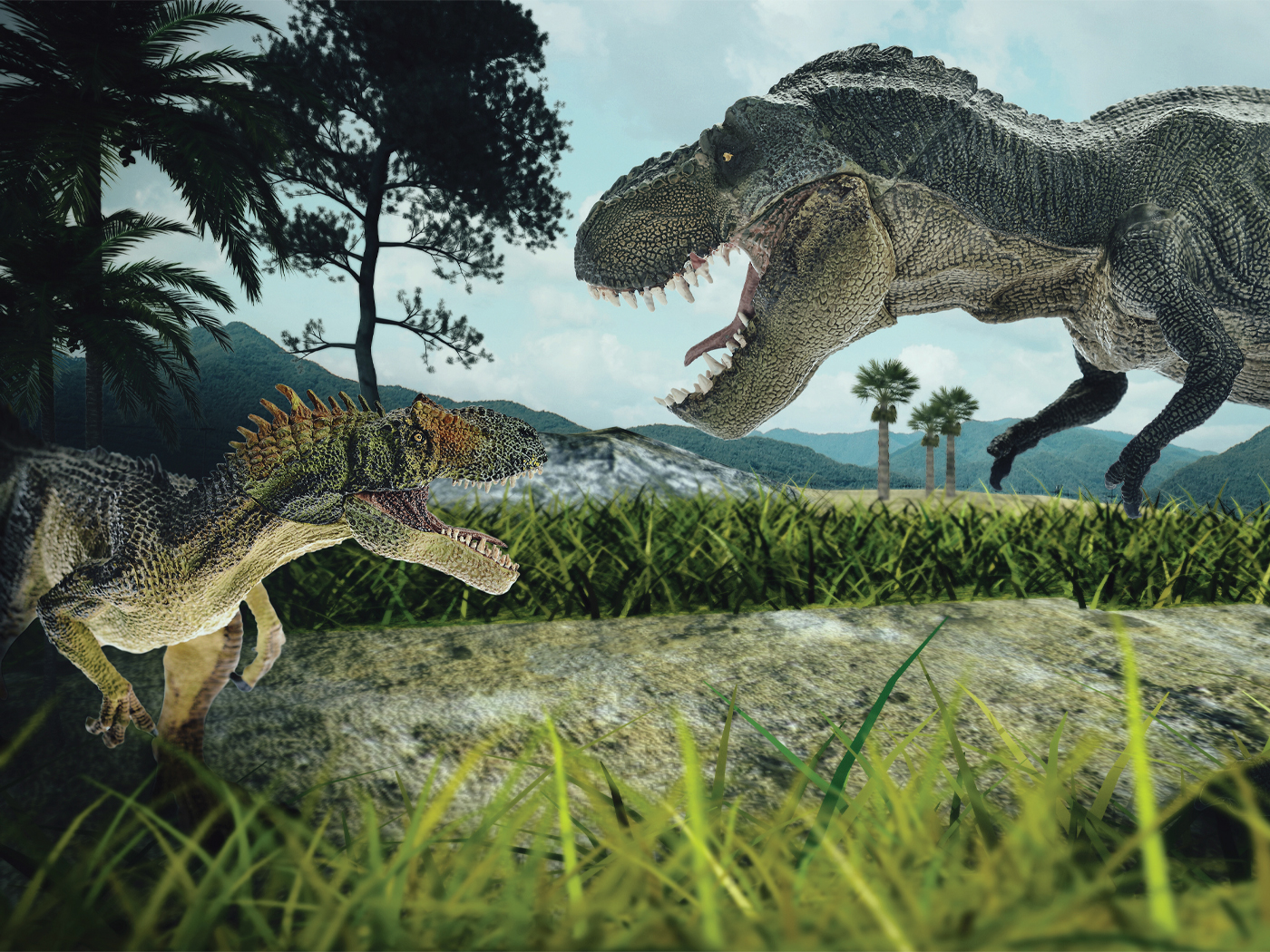Woolly mammoths of the Ice Age1 were once found in huge numbers in Siberia, northern Europe, and North America.
Organic remains from “prehistoric” animals such as dinosaurs are incredibly significant finds, and so it is with woolly mammoths.2 For example, scientists found a huge mammoth skull (Mammuthus primigenius) sticking out of the water of a Siberian lake on the Yamal peninsula. Wool, soft tissues, and a coprolite (fossilized dung) were also found.3 The Live Science article said these organics were over 10,000 years old.
In 2012, ICR’s Dr. Brian Thomas discussed the discovery of 126 unique proteins from a frozen woolly mammoth:
A small international team analyzed the mammoth bones and published their findings in the Journal of Proteome Research. They used “the world’s fastest and most sensitive ion trap mass spectrometer,” according to the product’s website. Older versions of similar technology could only detect large amounts of proteins, but this new machine is able to accurately identify small amounts.
The result was an unprecedented array of proteins, including serum albumin, which plays the essential role of transporting hormones in animals. Most of the proteins were actually fragmented but digitally stitched together to reconstruct their original forms.4
Supposedly the frozen mammoth from which these proteins were extracted was 43,000 years old.
But recently an even greater age has been assigned to “skin from a mammoth that died 52,000 years ago, [it] was so well-preserved that even the 3-D structure of its DNA was intact.”5 How? The Science News article stated, “Rapid drying had locked the ancient DNA into a tight molecular state similar to that of glass, called chromoglass. The geneticists and a team of theoretical physicists deduced that the chromoglass structure prevented the pieces of DNA from drifting away from each other.”5 Marcela Sandoval-Velasco et al. stated in Cell, “We use PaleoHi-C to map chromatin contacts and assemble its genome, yielding 28 chromosome-length scaffolds.”6
Compartments of chromatin also persisted, allowing the scientists to study the mammoth’s gene expression. For example, the chromoglass structure preserved a gene called Egfr, which aids in the regulation of hair and skin growth. This gene is not active in mammoths and perhaps is why they have shaggy long coats. Conversely, the gene is active in elephants.
What is interesting from a creation science perspective is that a geneticist from the Baylor College of Medicine found that mammoths have the same number of chromosomes as elephants: 28 pairs. The chromosome structure of the two creatures is also the same. This is clear evidence that woolly mammoths and elephants are of the created elephant kind.
This discovery also points to continued problems with evolution’s long ages. How could the intact chromosomes be 52,000 years old? The Science News article simply stated, “The mammoth was freeze-dried and preserved in permafrost.”5 But for 52,000 years? Can intact chromosomes remain after 52,000 years’ worth of freezing and thawing cycles, UV radiation, the activity of invertebrates, and microorganisms such as bacteria?
Corryn Wetzel, science writer for New Scientist, describes the problem:
Because molecules of DNA begin to break down when an animal dies, scientists have previously only been able to find tiny snippets of the woolly mammoth genome – but to the researchers’ surprise, the animal’s chromosomes were perfectly preserved. “This does not match with anything that we have analysed before that was 52,000 years old, so that was very surprising,” says Juan Antonio Rodríguez at the University of Copenhagen in Denmark, a member of the research team.7
The creation model does not rely on long ages. Scientists continue to unearth preserved DNA and intact, even soft, proteins from “prehistoric” creatures. This is what is expected on the basis of the biblical timeline, which according to the genealogies and chronologies of the Hebrew Bible puts creation at about 6,000 years ago and the immediate post-Flood time in which the mammoths lived at about 4,000 years ago.
References
- Vardiman, L. and M. Oard. 2023. “ICR and Explaining the Ice Age.” Acts & Facts. 52 (6): 18.
- Hebert, J. “Mammoth DNA: The Oldest Ever Found?” Creation Science Update. Posted on ICR.org March 15, 2021.
- Geggel, L. “Woolly Mammoth with Preserved Poop, Wool and Ligaments Dredged from Siberian Lake.” Live Science. Posted on livescience.com August 11, 2020.
- Thomas, B. “Over 100 Frozen Original Mammoth Proteins Found.” Creation Science Update. Posted on ICR.org January 10, 2012.
- Saey, T. “Freeze-Drying Turned a Woolly Mammoth’s DNA into 3-D ‘Chromoglass.’” Science News. Posted on sciencenews.org July 11, 2024.
- Sandoval-Velasco, M. et al. 2024. “Three-Dimensional Genome Architecture Persists in a 52,000-Year-Old Woolly Mammoth Skin Sample.” Cell. 187 (14): P3541–3562.e51.
- Wetzel, C. “Woolly Mammoth DNA Exceptionally Preserved in Freeze-Dried ‘jerky.’” New Scientist. Posted on newscientist.com July 11, 2024.
* Dr. Sherwin is a science news writer at the Institute for Creation Research. He earned an M.A. in invertebrate zoology from the University of Northern Colorado and received an Honorary Doctorate of Science from Pensacola Christian College.




















